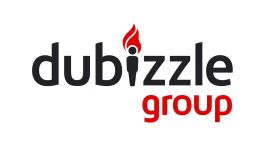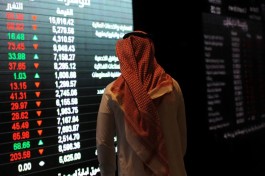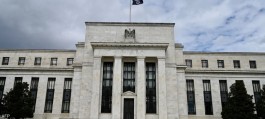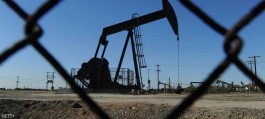Oil prices rose about 1 percent on Friday, but posted a weekly loss on concerns that strong U.S. economic data will keep interest rates higher for longer, potentially dampening demand for fuel.
Brent crude futures for July delivery rose 76 cents to $82.12 a barrel, while the more widely traded August futures settled up 73 cents at $81.84 a barrel.
U.S. West Texas Intermediate crude futures rose about 85 cents, or 1.1 percent, to settle at $77.72 a barrel.
Brent crude futures ended Thursday's trading at their weakest levels since February 7, and US crude futures recorded their lowest level since February 23.
Brent ended the week down 2.1 percent. It had fallen for four straight sessions this week, its longest losing streak since Jan. 2. WTI ended the week down 2.8 percent.
Minutes from the Federal Reserve's latest meeting on Wednesday showed policymakers questioning whether current interest rates are high enough to curb inflation.
Some officials have said they would be willing to raise borrowing costs again if inflation picks up.
Higher interest rates increase the cost of borrowing, which usually leads to a slowdown in economic activity and a decline in demand for oil.
Morgan Stanley analysts wrote in a note that oil demand remains strong from a broader perspective, and they expected total liquids consumption to increase by about 1.5 million barrels per day this year.
Analysts said weak gasoline demand in the United States was offset by a surprise surge in global demand, especially in the first months of the year.
The US Energy Information Administration said on Wednesday that gasoline demand reached its highest level since November during the week ending May 17.
Markets are awaiting a meeting of OPEC+, which includes the Organization of the Petroleum Exporting Countries and its allies, on June 2 to discuss whether to extend voluntary oil production cuts of 2.2 million barrels per day.
Analysts expect the current production cuts to be extended until at least the end of September.



































